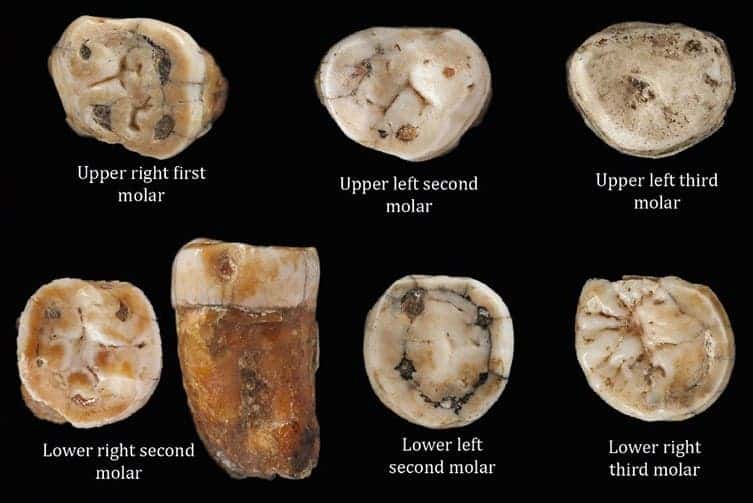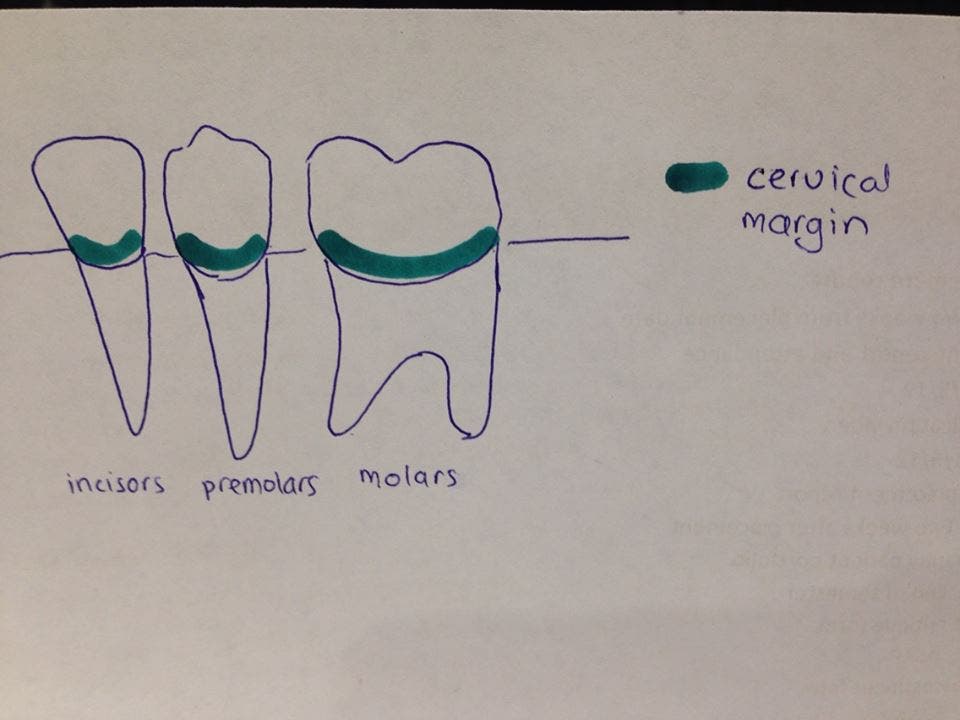Ancient teeth gathered a century ago hint at a hybrid population of Neanderthals and modern humans on the islands between France and Britain. This adds to existing evidence that the two groups interbred multiple times across history.

What you can learn from teeth
Neanderthals emerged some 400,000 years ago, coming to dominate a vast swath stretching from Western Europe to deep Siberia. They were a bit shorter and stockier than Homo sapiens, but otherwise, the two are very similar. Anthropologists have increasingly shown that Neanderthals weren’t the brutes they were once believed to be: they were every bit as smart and cunning as Homo sapiens.
Neanderthals are thought to have disappeared some 40,000 years ago, just as modern humans emerged from Africa — but there was substantial overlap between the two. Most researchers believe that the two groups overlapped for at least 5,000 years — more than enough time to get together for more than just hunting and gathering.
The new evidence for interbreeding comes from a set of 13 teeth excavated at the Paleolithic site of La Cotte de St Brelade in Jersey in 1910 and 1911, Jersey being the largest of the Channel Islands between England and France. The teeth, along with a fragment of occipital bone, were dated to 48,000 years ago and were identified to be Neanderthal. But this may not be the case.
Indeed, all teeth have Neanderthal characteristics, their size and geometry perfectly fits with previous findings — but some elements look distinctly human.
“Cervix shape and the absence of common Neanderthal traits in several teeth suggest affinities with H. sapiens in both individuals, while crown and root dimensions and root morphology of all the teeth are entirely consistent with a Neanderthal attribution, pointing toward a possible shared Neanderthal and H. sapiens ancestry (the likely date of this material corresponds with the time in which both Neanderthals and H. sapiens were present in Europe),” the researchers write in the study.

At the time these teeth would have been in their rightful mouths, the climate in the area was colder than it is today, and the sea level was way lower — so much so that Britain was connected to the European mainland through an area called Doggerland. The Jersey area would have been a fantastic ground for hunting and fishing, but caves such as the one the teeth were found in would have been a rare sight.

So… are Neanderthals not really extinct?
Between 1911 and 1920, large-scale excavations uncovered over 20,000 stone tools, spanning over the past 200,000 years ago. In addition to these artefacts, numerous bones from megafauna such as mammoths and woolly rhinoceroses have also been uncovered there, as well as the only Neanderthal fossils from the British isles.
The teeth were determined to belong to two individuals, so there’s not much information about the entire population in the area. The possibility of a hybrid population is a tantalizing one, but until DNA analysis is carried out, it’s impossible to fully confirm this — and this is exactly what researchers are planning now.
But this is far from the first time evidence of interbreeding between modern humans and Neanderthals has been uncovered. In the past few years alone, studies have suggested that Neanderthals and modern humans interbred multiple times, and around 2% of non-African human DNA is Neanderthal. The earliest such event described took place 700,000 years ago, when an ancestor of Neanderthals interbred with an archaic human population, and this Jersey population, if confirmed, would be one of the most recent such interactions. So we’re talking about hundreds of years of possible interbreeding, which begs the question: are Neanderthals truly extinct, or are they living through us? In fact, some researchers are starting to suggest that Neanderthals may have even been the same species as us.
When you look at the multiple episodes of mixture between these populations and the fact that so many people today are carrying Neanderthal DNA, the word ‘extinct’ “starts to lose its meaning, says Dr Matt Pope, from the Institute of Archaeology at University College London (UCL).
Whatever the case, studying Neanderthals has never been more exciting, because it’s not just about them: it’s also about us.
The study has been published in the Journal of Human Evolution.


